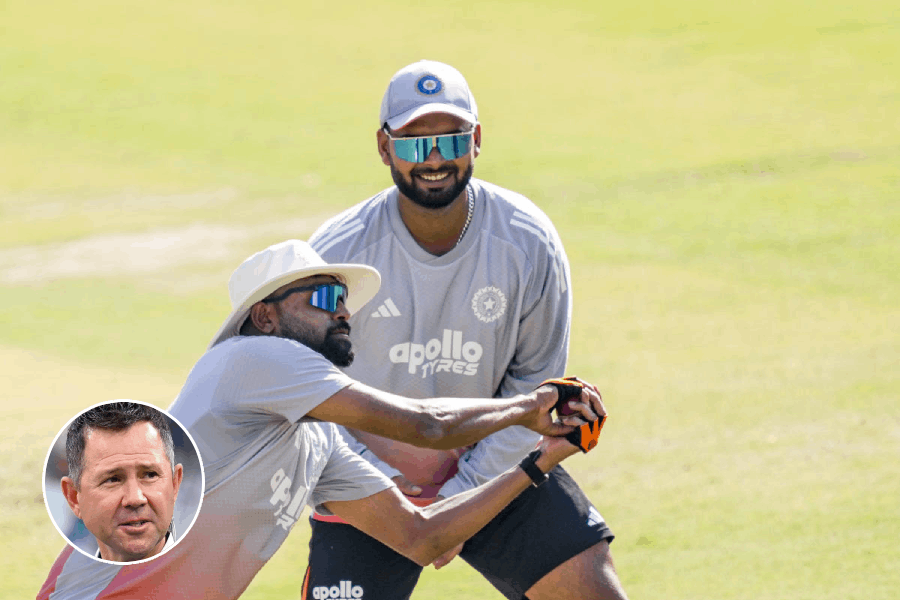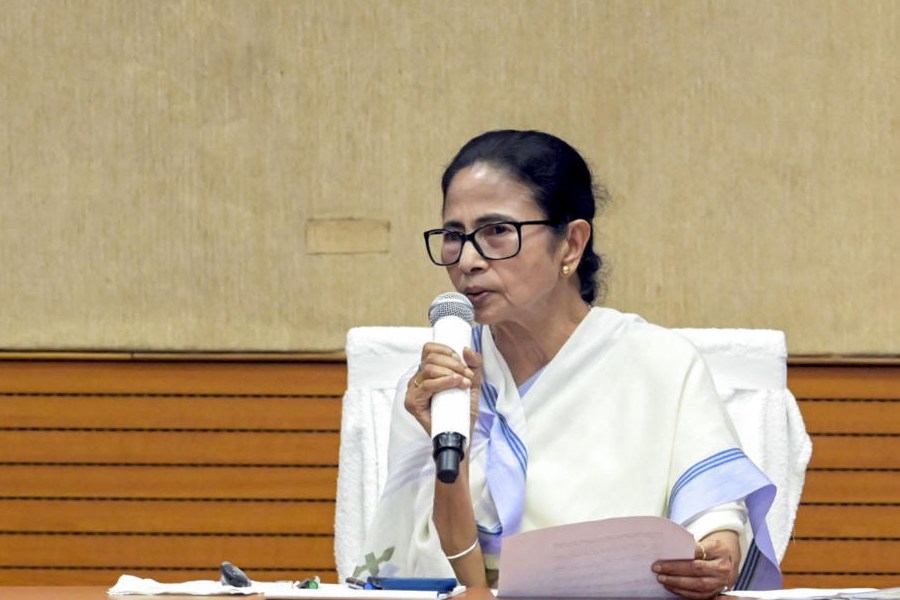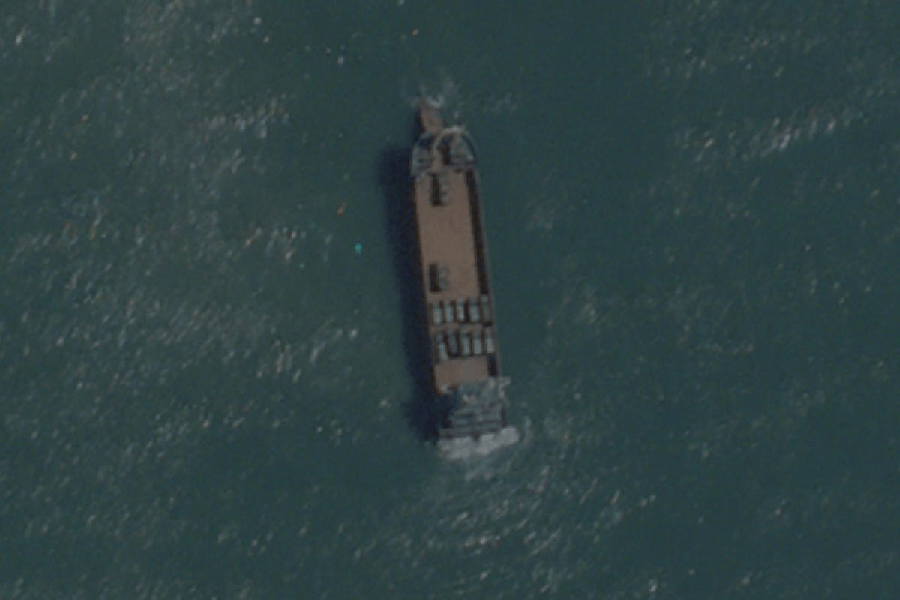Driving down Prithviraj Road, one of New Delhi’s famously leafy avenues, I passed a lane that opened on to it. The street sign said “Aurangzeb Lane”. Aurangzeb Road might have morphed into A.P.J. Abdul Kalam Road, but the emperor lives on, if only in a little feeder lane.
Of the roads that commemorate Mughal emperors, all but one were named by the colonial State. The raj was keen to present itself as a successor to the Mughal State. Lutyens and Baker chose red and buff sandstone for the facades of their capitol buildings to allude to the signature red sandstone of the city’s great Mughal period monuments: Humayun’s Tomb, the Red Fort, Jama Masjid, Safdarjung’s Tomb, to name the most obvious candidates.
The emperors aren’t even-handedly remembered though. Babur, the founder, has a tiny road to himself, best known for two mithai shops. Humayun Road is a connecting road mainly used to get to Junior Modern School and Khan Market. Akbar Road is a properly grand avenue. Shah Jahan Road hosts the Union Public Service Commission, but it’s real claim to our attention is the street vendor next to the UPSC who sells the best papdi chaat in India. After Shah Jahan Road passes a Parsi cemetery, it seamlessly transforms itself into Prithviraj Road, which might have been appropriate in the early years of the republic but verges on provocation now.
Jahangir, the emperor sandwiched between Akbar and Shah Jahan, is the only one of the Great Moghuls who doesn’t have a road named after him. A map of Delhi, circa 1959, shows a Nur Jahan Road, just off Minto Road, which might have been a kind of consolation prize. I asked an urban historian about Jahangir’s omission. She hazarded the guess that this might have been down to the fact that Jahangir had never ruled from Delhi, being chiefly based in Lahore. This seems plausible but not, as Americans like to say, dispositive. Babur occupied Delhi after the first Battle of Panipat in 1526 but spent precious little time there, using up most of the next four years conquering his new empire before dying in 1530. The real dilliwallah in this lot was clearly Shah Jahan who took the trouble of building a proper city.
The one Mughal emperor commemorated by the republic was Bahadur Shah Zafar. Newspaper row in Delhi, home to The Indian Express and The Times of India amongst others, was named Bahadur Shah Zafar Marg in 1962. Zafar died in Rangoon in 1862 and the centenary of his death was the occasion for the road’s renaming. His sons had been killed near Delhi Gate after the Mutiny, or to use Savarkar’s famous phrase, the ‘first war of Indian independence’, had been violently suppressed. Zafar had become the figurehead of that ferocious rebellion against the East India Company and naming that section of Mathura Road after him was, in the republic’s early years, an act of anti-colonial remembering.
This would be unimaginable now. Amish Tripathi, the bestselling novelist famous for adapting the epics into popular fiction, supplied a succinct contemporary take on the Mughals. “Mughals were foreigners,” he said. “This is not a Hindu vs Muslim issue. This is an Indians versus foreigners issue.” From his point of view, this is a reasonable position. The Citizenship (Amendment) Act made it clear that Muslim migrants from neighbouring Muslim-majority countries would not be granted domicile in India. Tripathi is applying this principle with retrospective effect. As the director of the Nehru Centre in London, he has, appropriately enough, embarked on his own discovery of India.
Narayani Gupta, Delhi’s principal historian, makes the point that naming Delhi’s roads was a colonial innovation. Before that, places were named, not roads. So Chandni Chowk which, thanks to the British, is now the name of a road was, as the name suggests, the name of a square. The direction of a road — Mathura, Ajmer — was more important than its name.
But as the capital of an empire and, subsequently, of a nation, Delhi’s road names came to be freighted with symbolic meaning. In the Seventies, when the Indian Establishment still took the Non-Aligned Movement and Third World solidarity seriously, some of Delhi’s new roads were given exotic names. Olof Palme, Ho Chi Minh, Archbishop Makarios and Benito Juárez, amongst others, took up residence on the city’s road signs. This was well meant but daft; the names were so remote that they never ‘took’. Some of them mutated on those road signs. The road that intersects the Ring Road at the Moolchand crossing is now spelt Joseph Brass Titto Marg. Not only has the country that Tito founded vanished, but his name threatens to disappear into unmeant lewdness.
Growing up in Delhi in the Sixties and the Seventies, street names changed constantly as the republic tried to reclaim its streets from the raj. Wellesley Road, for example, became Zakir Hussain Marg. Cornwallis Road yielded to Subramania Bharti Marg. Curzon was knocked off his perch by Kasturba Gandhi. The most inspired rechristening was Rajpath for Kingsway and Janpath for Queensway. Not every renaming was nationalist; Lytton Road gave way, wonderfully enough, to Copernicus Marg.
For the most part, renaming roads didn’t evoke strong feeling. But the bid to rename Connaught Place and Connaught Circus, the great circular shopping arcades in the heart of Lutyens’ Delhi, Rajiv Chowk and Indira Chowk inspired widespread derision. Partly because the name change reflected a culture of Congress sycophancy but also because generations of dilliwallahs had shopped and gone to the pictures there, hung out in its coffee houses and browsed in its bookshops. Nobody used the new names for decades till the Metro was built and then Rajiv Chowk entered common usage because it became the name of a stop on the Yellow Line. Still, there is a curious satisfaction in knowing that Rajiv Chowk, after all these years, merely describes Connaught Place’s netherworld.
There are some place names that are just mistakes. There’s a road just off India Gate called Pandara Road. Next to it is a sarkari colony, where civil servants live, called Pandara Park. A lane leading off Pandara Road leads to Pandara Market, which was famous for its Mughlai dhabas, now gentrified into marbled restaurants. As children living in Pandara Park, my brother and I would speculate about the name. The default explanation was that ‘Pandara’ was a misspelling of ‘Pindari’. This was implausible; why would anyone name a street after military irregulars notorious for plunder? It’s much more likely that some clerk or sign painter misread ‘v’ as a lower case ‘r’ and thus ‘Pandava’ became ‘Pandara’. If our present masters have time to spare, they might, instead of airbrushing the Mughals, reinstate the Pandavas instead.










